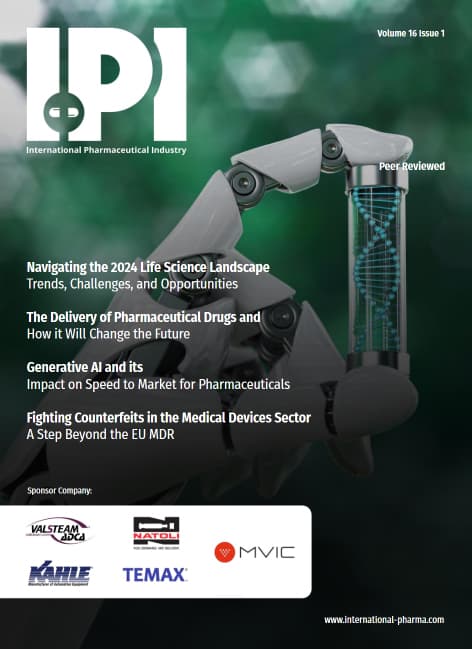Swiss pharma company Novartis has scored a Breakthrough Therapy Designation (BTD) from the US Food and Drug Administration for its investigational radioligand therapy Lu-PSMA-617.
The BTD has been granted for Lu-PSMA-617 as a potential treatment for metastatic castration-resistant prostate cancer (mCRPC).
It was granted based on data from the Phase III VISION study, evaluating Lu-PSMA-617 plus standard of care (SoC), versus SoC alone, in patients with progressive PSMA-positive mCRPC.
In this study, Lu-PSMA-617 demonstrated a significant improvement in overall survival (OS) and radiographic progression-free survival (PFS) for men with progressive PSMA-positive mCRPC.
In the Lu-PSMA-617 arm, there was an estimated 38% reduction in the risk of death compared to the best SoC only arm.
Patients receiving Lu-PSMA-617 also demonstrated a statistically significant 60% risk reduction for radiographic PFS or death compared to best SoC only arm.
However, there was a higher rate of drug-related treatment emergent adverse events reported in the Lu-PSMA-617 treatment arm – 85.3% – compared to SoC alone – 28.8%.
“Men with metastatic prostate cancer have an approximately 3 in 10 chance of surviving 5 years. These data from the first Phase III study of a radioligand therapy in this advanced prostate cancer setting confirm the potential of 177Lu-PSMA-617 targeted therapy to improve clinical outcomes,” said John Tsai, head of global drug development and chief medical officer for Novartis.
Novartis also has two additional studies with Lu-PSMA-617 in earlier lines of treatment for metastatic prostate cancer ongoing.
One of these studies is investigating the potential clinical utility of the radioligand therapy in the mCRPC pre-taxane treatment setting, while the second study is evaluating Lu-PSMA-617 in the metastatic hormone-sensitive setting.
A BTD is granted to medicines that are being evaluated for serious conditions, where early clinical evidence indicates the potential for substantial improvement over available therapy.
IPI was established by professionals with over 30 years of experience in the Pharmaceutical and Life sciences publishing sectors. Peer-Reviewed, Contemporary, Authoritative
IPI Media © 2024, All Rights Reserved – Powered by Teksyte

























